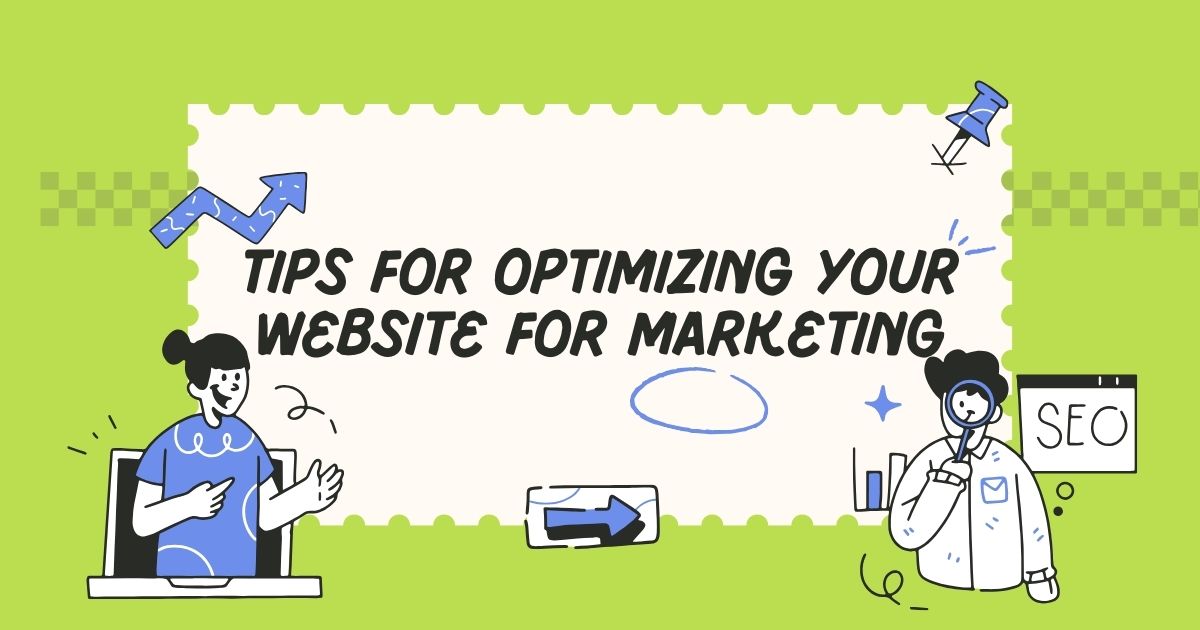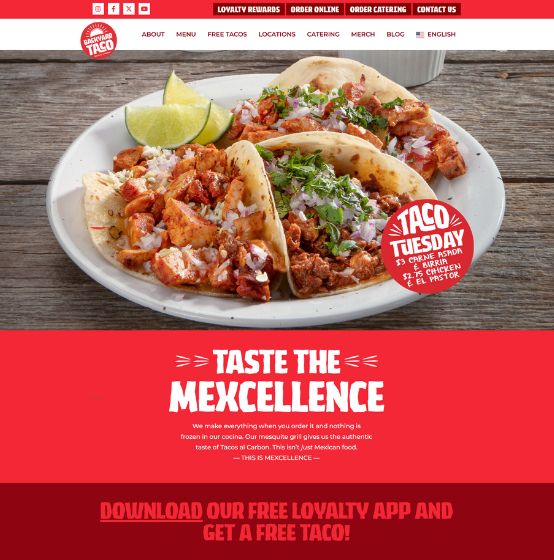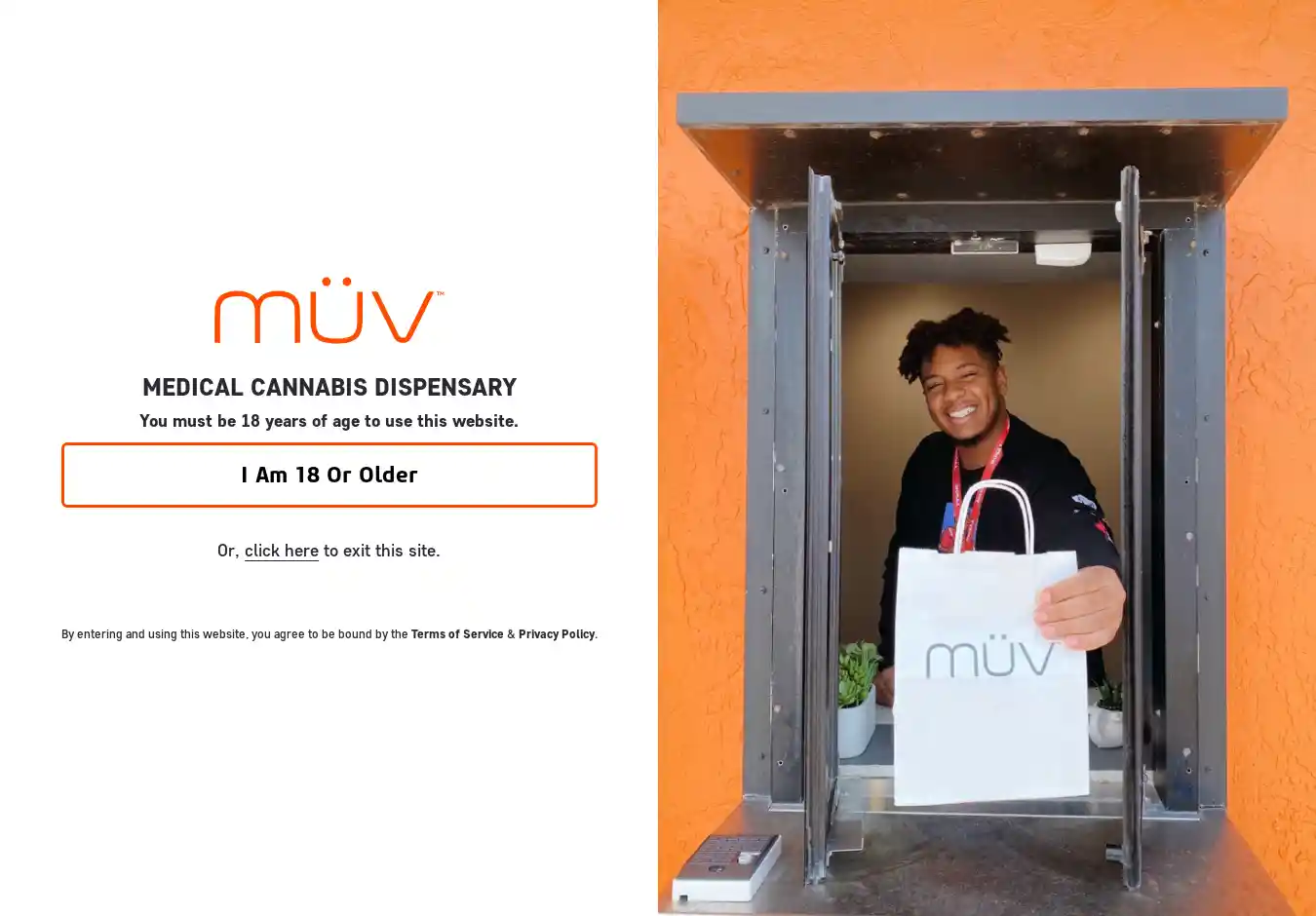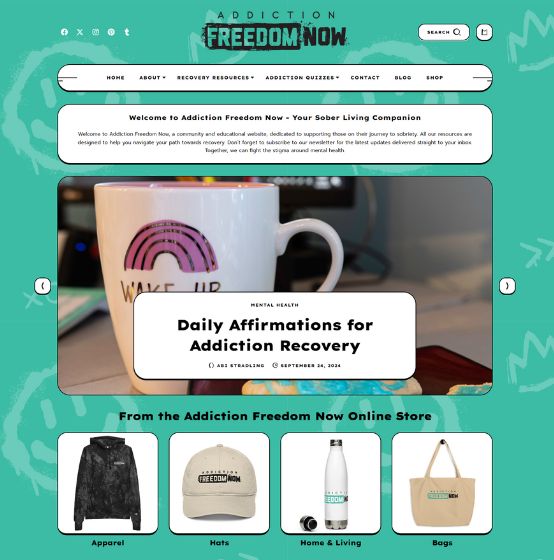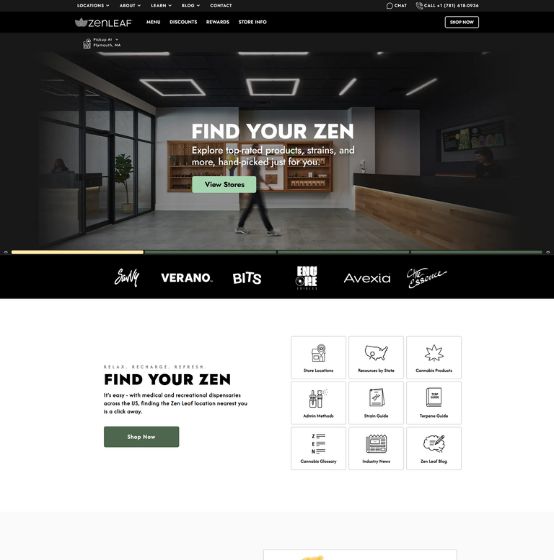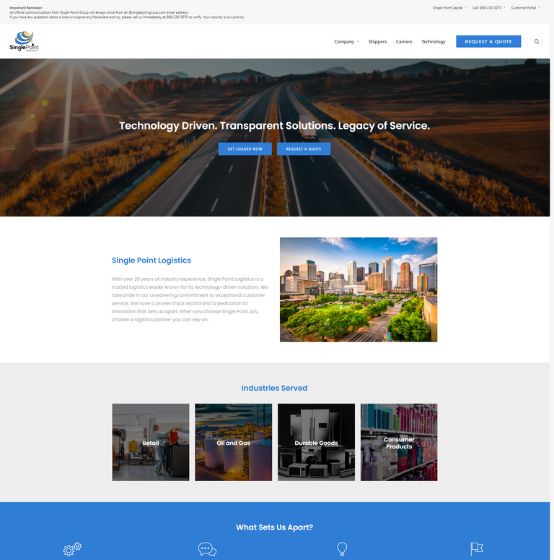On-page SEO is a powerful strategy to improve your website’s visibility and attract organic traffic. Optimizing elements within your website, such as content, HTML structure, and design, can improve the user experience and help search engines better understand your content. This leads to higher rankings on search engine result pages (SERPs), increasing the likelihood of attracting more visitors to your site.
For businesses focused on digital marketing, mastering on-page SEO is essential. It not only helps your website rank higher but also ensures that your content aligns with user intent and offers value. Whether you’re running a blog, an e-commerce site, or a corporate page, optimizing your website for on-page SEO can significantly impact your overall marketing success and drive more conversions.
Why On-Page SEO Matters for Marketing Success
On-page SEO goes beyond technical adjustments; it’s about creating a seamless experience for both search engines and users. When you optimize individual pages of your website, you’re signaling to search engines that your content is relevant, authoritative, and valuable. This improves your chances of ranking higher on search engine results pages (SERPs), driving more organic traffic to your website.
For digital marketers, on-page SEO aligns closely with marketing strategies like content creation, paid advertising, and user engagement. When done right, on-page SEO not only improves rankings but also enhances conversions by providing a better experience for your website visitors. As search engine algorithms become smarter, on-page SEO plays a more crucial role in ensuring your website stays competitive.
Understanding On-Page SEO
On-page SEO involves a range of tactics that contribute to how your page is perceived by both users and search engines. From content optimization to meta tags, there are several key elements that work together to improve your site’s performance.
Below, we break down the essential components of on-page SEO and explore how each contributes to boosting your rankings and visibility. Each of these elements plays a distinct role in making your website more accessible, relevant, and user-friendly, which in turn helps you achieve better results from your digital marketing campaigns.
Key Elements of On-Page SEO
Keyword Research and Optimization

A successful SEO strategy starts with a solid keyword research. When you target the right keywords, you ensure that your content matches user search intent and drives relevant traffic to your website.
How to optimize your keywords:
- Primary Keyword: Identify a primary keyword that best represents the topic of your page and integrates seamlessly into your content.
- Keyword Variations: Use long-tail keywords, synonyms, and related terms to enhance your content's relevance and prevent keyword stuffing.
- Keyword Placement: Include your target keyword in critical areas such as the title tag, meta description, URL, header tags (H1, H2), and throughout the body text. However, make sure it reads naturally.
Title Tags Optimization
The title tag is one of the most important on-page SEO elements. It’s the first thing both search engines and users see when they find your page. An optimized title tag can boost your click-through rate (CTR) considerably.
Best practices for title tags:
- Keep your title between 50-60 characters.
- Start your title with the target keyword for better impact.
- Make it engaging and relevant to motivate users to click through.
Meta Descriptions: The Art of Crafting Click-Worthy Snippets
A meta description is a short summary of your page content that appears beneath the title in search engine results. While meta descriptions don’t directly impact rankings, they influence CTR, which is a ranking factor.
Optimize your meta description by:
- Keep it within 150-160 characters.
- Including your target keyword naturally.
- Making it actionable and relevant to user intent, enticing users to click.
Header Tags for Content Structure
Header tags (H1, H2, H3, etc.) help both search engines and users understand the hierarchy of your content. They break down your content into digestible sections and make it easier to scan.
Best practices for header tags:
- Use one H1 tag for your main title (usually the same as your page title).
- Break your content into sections with H2 tags and sub-sections with H3 tags.
- Incorporate relevant keywords in your headers without over-optimization.
Optimizing Content for Search Intent
Google’s algorithms prioritize content that matches user intent—whether they’re looking for information, a product to buy, or a service. It’s vital to create content that fulfills these needs.
How to optimize content for search intent:
- Create comprehensive, well-researched content that answers common questions and solves problems.
- Use natural language and incorporate a mix of short and long-form content.
- Include rich media like images, videos, and infographics to enhance your content's value and engagement.
Internal Linking for Improved Navigation and SEO
Internal linking helps search engines crawl your site more effectively and establishes a clear content hierarchy. It also keeps users engaged by directing them to relevant content on your website.
Best practices for internal linking:
- Add links to other relevant pages or blog posts on your website.
- Use descriptive anchor text that includes keywords and gives users an idea of the content they’ll find.
- Ensure that your internal links enhance user experience and don't feel forced.
Image Optimization
While images can greatly enhance user engagement, improper optimization can slow down your website. Optimizing images for SEO ensures faster load times and a better user experience.
How to optimize images for SEO:
- Optimize image file sizes by compressing them without losing quality.
- Use descriptive file names and include relevant keywords.
- Use alt text to describe images accurately, helping with accessibility and ranking for image searches.
URL Structure
A simple and informative URL structure makes it easier for both search engines and users to understand your page content. URLs should be short, readable, and contain your target keywords.
Best practices for URL optimization:
- Keep URLs concise and relevant to the page content.
- Separate words with hyphens (e.g., /seo-marketing-guide) instead of underscores.
- Avoid using special characters or unnecessary words.
Mobile Optimization: The Key to User Experience
Mobile optimization is no longer optional; it’s essential. With mobile-first indexing, Google prioritizes mobile-friendly sites, which can affect rankings for those that aren’t optimized.
How to optimize for mobile:
- Use responsive design to ensure your website adapts to any screen size.
- Optimize page load times by minimizing the size of images and scripts.
- Ensure all clickable elements (buttons, links) are easy to tap on mobile devices.
Page Load Speed
Website speed is a critical ranking factor. Slow-loading pages leads to higher bounce rates and a poor user experience, negatively impacting your SEO efforts.
How to improve page load speed:
- Improve image performance by compressing them and utilizing modern formats such as WebP.
- Minimize JavaScript and CSS files.
- Implement a content delivery network (CDN) to deliver content from nearby servers.
User Experience (UX) and Engagement
Google prioritizes websites that offer a great user experience. Factors like easy navigation, clear call-to-action buttons, and engaging content contribute to a higher ranking.
How to improve UX:
- Ensure your website has a clean, intuitive layout.
- Make navigation easy and ensure that content is easy to find.
- Add interactive elements like quizzes, polls, or forms to keep users engaged.
Measuring the Success of Your On-Page SEO Efforts
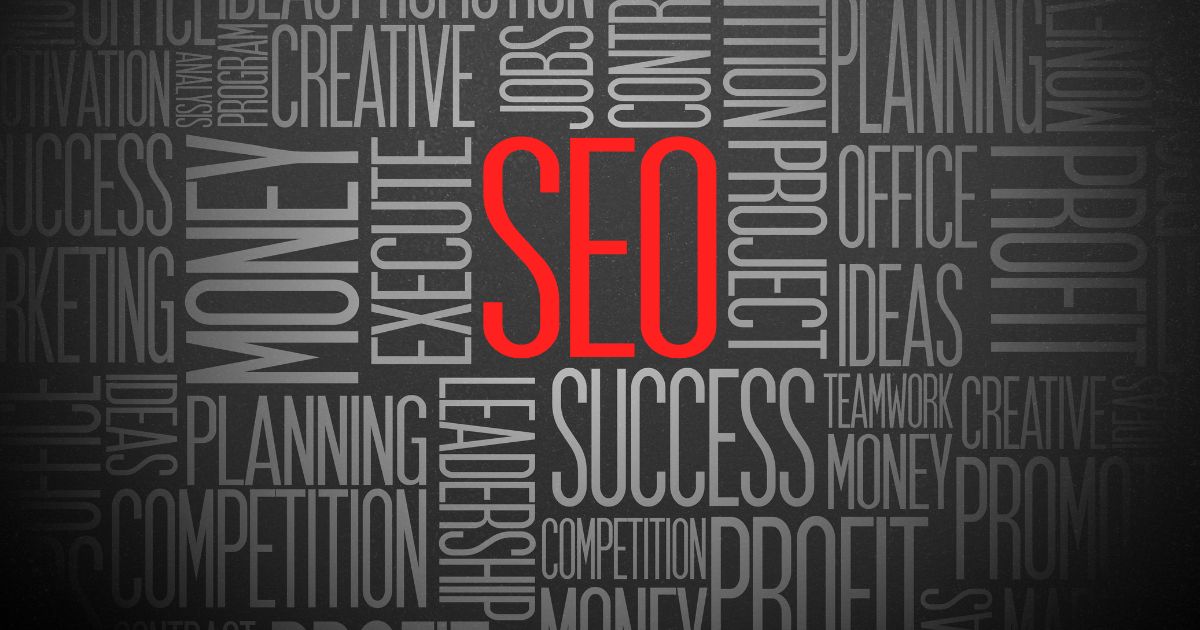
Once you’ve implemented on-page SEO strategies, it’s crucial to monitor their effectiveness. Tracking the success of your SEO efforts allows you to identify what’s working, what needs improvement, and where to focus your future optimization activities. Without proper measurement, even the best on-page SEO techniques can fall short.
Key metrics to track for on-page SEO:
- Organic Traffic: Track changes in organic traffic with tools like Google Analytics. A consistent rise in organic visitors shows that your SEO efforts are yielding results.
- Bounce Rate: A high bounce rate might suggest that your content or website design isn't meeting user expectations, signaling a need for improvement.
- Click-Through Rate (CTR): Analyzing your CTR from search results can help you evaluate the effectiveness of your title tags and meta descriptions in encouraging users to click through to your site.
- Time on Page and Pages Per Session: These metrics indicate how engaging your content is. Higher user engagement is typically reflected in more time spent on a page and additional pages viewed per session.
- Keyword Rankings: Track how well your target keywords rank on SERPs over time. This gives you a direct indication of your SEO performance.
Tools such as Google Search Console, Ahrefs, and SEMrush can help you analyze your website’s SEO performance and identify areas for further optimization. Regularly reviewing these metrics allows you to adjust your on-page strategies to ensure sustained growth and improvements in your rankings.
Keeping Your On-Page SEO Up-to-Date
User expectations evolve alongside the ever-changing search engine algorithms. To maintain a competitive edge, your website’s on-page SEO must be updated regularly. Keeping your content fresh, relevant, and optimized for new search trends ensures that your site stays in line with best practices and delivers the best possible user experience.
How to keep your on-page SEO up-to-date:
- Refresh Old Content: Regularly update older blog posts, product pages, and other content to keep them current and relevant. This shows search engines that your content is fresh and authoritative.
- Stay Informed: Keep track of the latest SEO trends and updates to Google’s algorithm. Implement new strategies that are aligned with current best practices.
- Test and Optimize: Conduct A/B testing on title tags, meta descriptions, and other on-page elements to see what works best with your audience.
- Improve Content Depth: As search engines become better at understanding content, longer, more comprehensive content tends to perform better. Updating your content to be more detailed can boost your rankings.
Regularly revisiting and refining your on-page SEO strategy ensures that your website stays competitive, user-focused, and fully optimized for the latest search engine algorithms. This ongoing effort is key to maintaining high rankings and driving continuous traffic to your site.
On-page SEO is a continuous process that needs regular updates and enhancements. Optimizing your website’s content, structure, and user experience not only improves your search engine rankings but also creates a site that meets the needs of your audience. As search engines evolve, staying up-to-date with the latest SEO trends and best practices will ensure that your website remains competitive and continues to drive organic traffic.
Following these on-page SEO tips will enhance both your website’s visibility and user engagement, ultimately leading to greater success in your digital marketing efforts. Start optimizing today to see long-term results in your SEO rankings and online presence!
